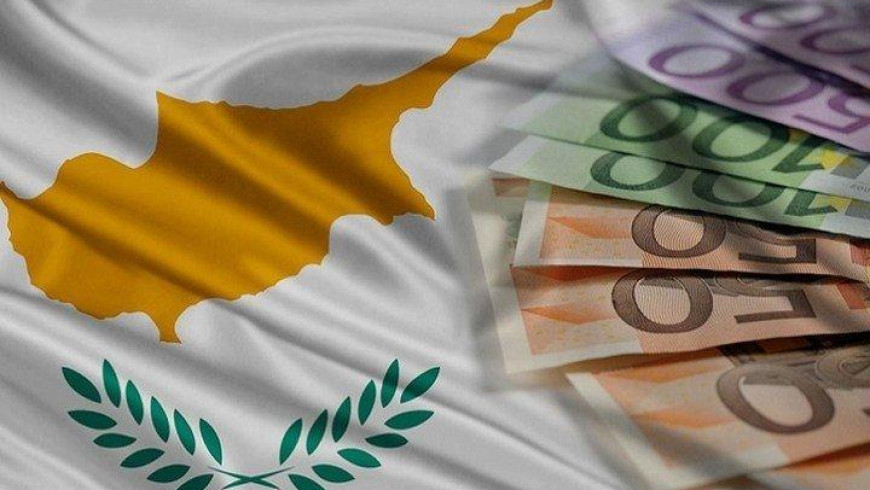
Candidate countries’ economic indicators for December meeting
14/12/2001 9:19
In view of the meeting of European Council of Heads of State or Government to be held on the 14 and 15 December 2001 in Brussels, Eurostat published a compilation of economic and social indicators of candidates countries, as enlargement will be an important topic at the forthcoming meeting. On Saturday 15 December, the fifteen heads of state will be meeting with the thirteen leaders of the candidate countries.
According to the statistics, candidate countries represent 45% of the EU population and 7% of its Gross Domestic Product (GDP). GDP per capita varies between 24% of the EU average in Bulgaria to 82% in Cyprus. The GDP growth rate at constant prices in 2000 ranged between 1.6% for Romania to 6.9% in Estonia, the EU average being 3.3%, with Cyprus having a GDP rate of 4.8%.
Unemployment rates vary between the lowest of 4.9% for Cyprus to 19.1% for Slovakia, the average for the EU being 8.2%.
Statistics show a higher proportion of the household budget devoted to food and a notably lower level of equipment than in the EU. The number of cars per 1.000 inhabitants in 2000 ranged between the lowest of 68 for Turkey to 540 in Malta, with Cyprus showing a figure of 400. The EU figures averaged 461 for 1999.
The number of mobile telephones per 1.000 inhabitants of candidate countries in 2000 ranged between 40 in Estonia to 572 in Slovenia, with Cyprus showing a figure of 326.
From demographic surveys, the proportion of population aged less than 15 years in 2000 ranged between 15.9% for Bulgaria to 30.5% for Turkey, the average for the EU being 16.9%. Cyprus’ figures were estimated to around 23.2%
According to the statistics, candidate countries represent 45% of the EU population and 7% of its Gross Domestic Product (GDP). GDP per capita varies between 24% of the EU average in Bulgaria to 82% in Cyprus. The GDP growth rate at constant prices in 2000 ranged between 1.6% for Romania to 6.9% in Estonia, the EU average being 3.3%, with Cyprus having a GDP rate of 4.8%.
Unemployment rates vary between the lowest of 4.9% for Cyprus to 19.1% for Slovakia, the average for the EU being 8.2%.
Statistics show a higher proportion of the household budget devoted to food and a notably lower level of equipment than in the EU. The number of cars per 1.000 inhabitants in 2000 ranged between the lowest of 68 for Turkey to 540 in Malta, with Cyprus showing a figure of 400. The EU figures averaged 461 for 1999.
The number of mobile telephones per 1.000 inhabitants of candidate countries in 2000 ranged between 40 in Estonia to 572 in Slovenia, with Cyprus showing a figure of 326.
From demographic surveys, the proportion of population aged less than 15 years in 2000 ranged between 15.9% for Bulgaria to 30.5% for Turkey, the average for the EU being 16.9%. Cyprus’ figures were estimated to around 23.2%














 3287.99
3287.99 1275.09
1275.09
